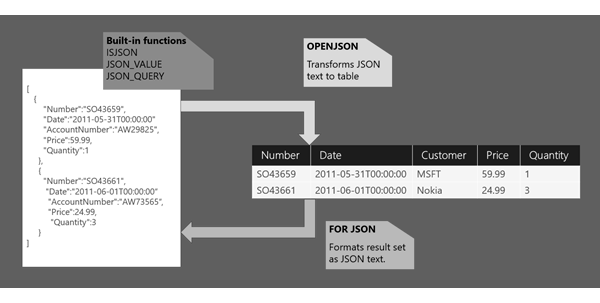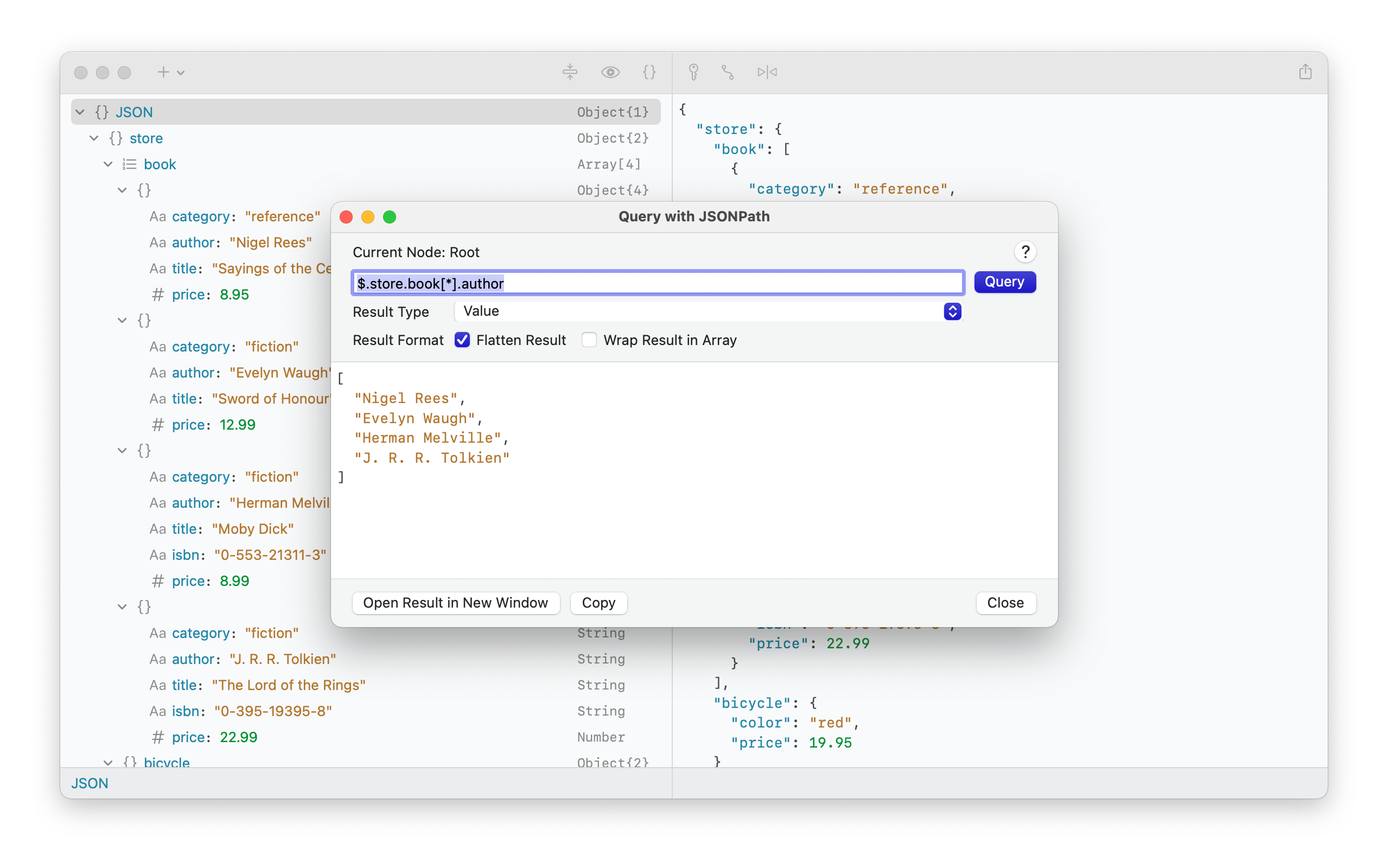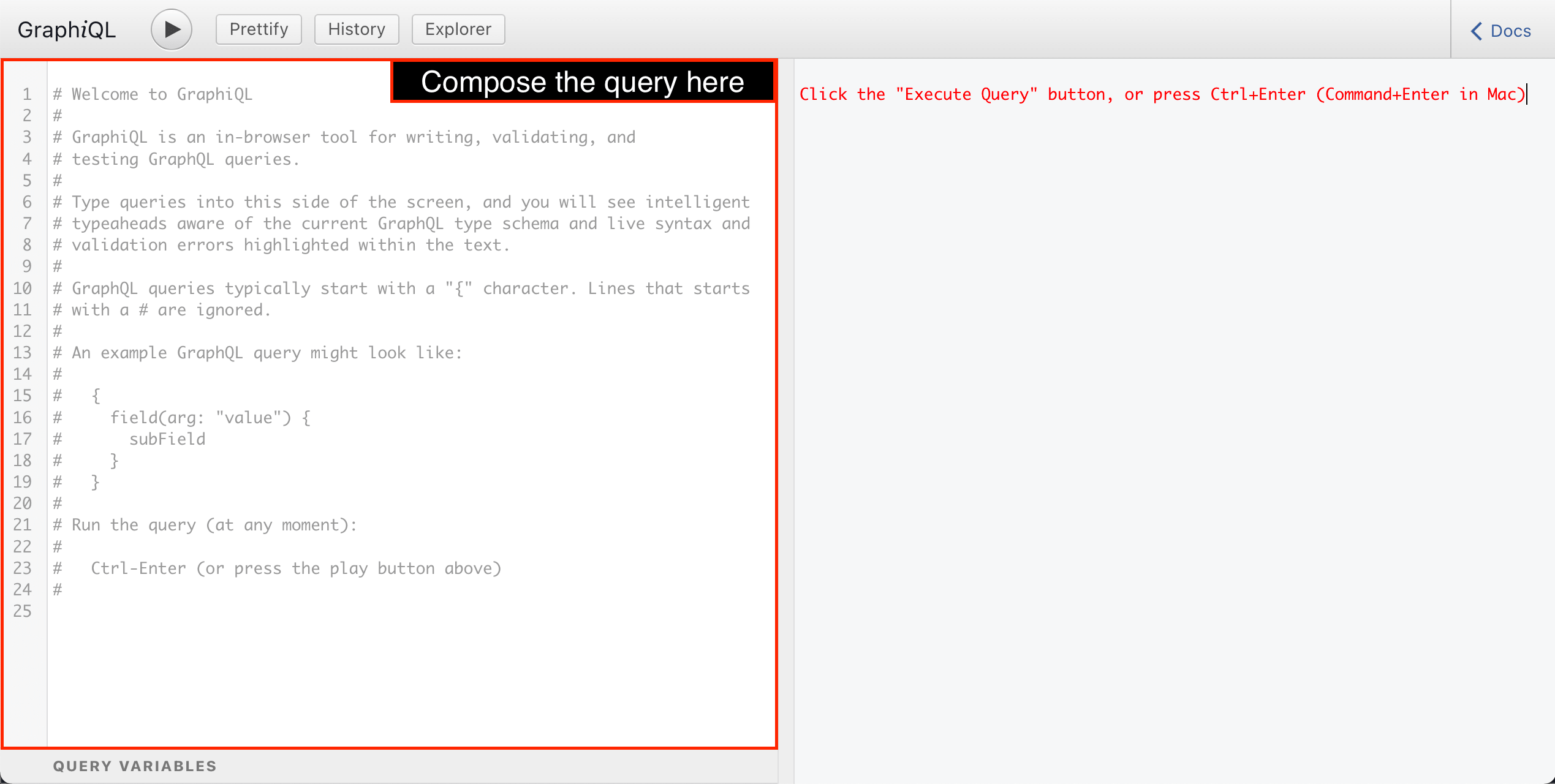

- #SET JSON CODEC FOR GRAPHIQL ADVANCED UPDATE#
- #SET JSON CODEC FOR GRAPHIQL ADVANCED FULL#
- #SET JSON CODEC FOR GRAPHIQL ADVANCED VERIFICATION#
#SET JSON CODEC FOR GRAPHIQL ADVANCED UPDATE#
Update zap-api-scan.py to add support for GraphQL.



Advanced Encode / Decode / Hash dialog - this replaces the old core encode/decode/hash dialog.The following add-ons are included by default in this release for the first time: Input Vectors, when used for the Sites tree.The following script types are now cached between invocations reducing the time it takes to reuse them: By default the SOCKS proxy configuration applies to all connections made by ZAP. It is now possible to dynamically configure the outgoing SOCKS proxy in the Options’ Connection screen. These are documented on the Authentication page. Authentication Headers via Env VarsĪ new set of environmental variables are available which allow you to easily add an authentication header to all of the requests that are proxied through ZAP or initiated by the ZAP tools, including the spiders and active scanner. You can also dynamically switch the Look and Feel via a button on the Top Level Toolbar.įor more details of the dark mode see the Dark Mode in the Weekly Release Blog post. The Desktop UI includes a new set of open source Look and Feel’s c/o FlatLaf including 2 Dark Mode options. Dynamic Look and Feel including Dark Mode Both Input Vector Scripts and add-ons which include implementations of the Variant class can change both the tree structure and names used for new nodes.įor more details see the Site Tree Modifiers Blog post. Scripts and add-ons now have full access to how nodes are represented in the Sites Tree.
#SET JSON CODEC FOR GRAPHIQL ADVANCED VERIFICATION#
The concept of Authentication Verification Strategies has been introduced which allows ZAP to handle a wider range of authentication mechanisms including the option to poll a specified page for the authentication status of a user. Some of the more significant enhancements include: Custom PagesĬustom Pages can be defined on a per context basis - these allow ZAP to identify various non-standard error handling conditions such as custom error pages and handle them more effectively. These release notes do not include all of the changes included in add-ons updated since 2.9.0. Note that a minimum of Java 11 is recommended, especially for high DPI displays. This is a 10 year anniversary bug fix and enhancement release, which requires a minimum of Java 8.


 0 kommentar(er)
0 kommentar(er)
